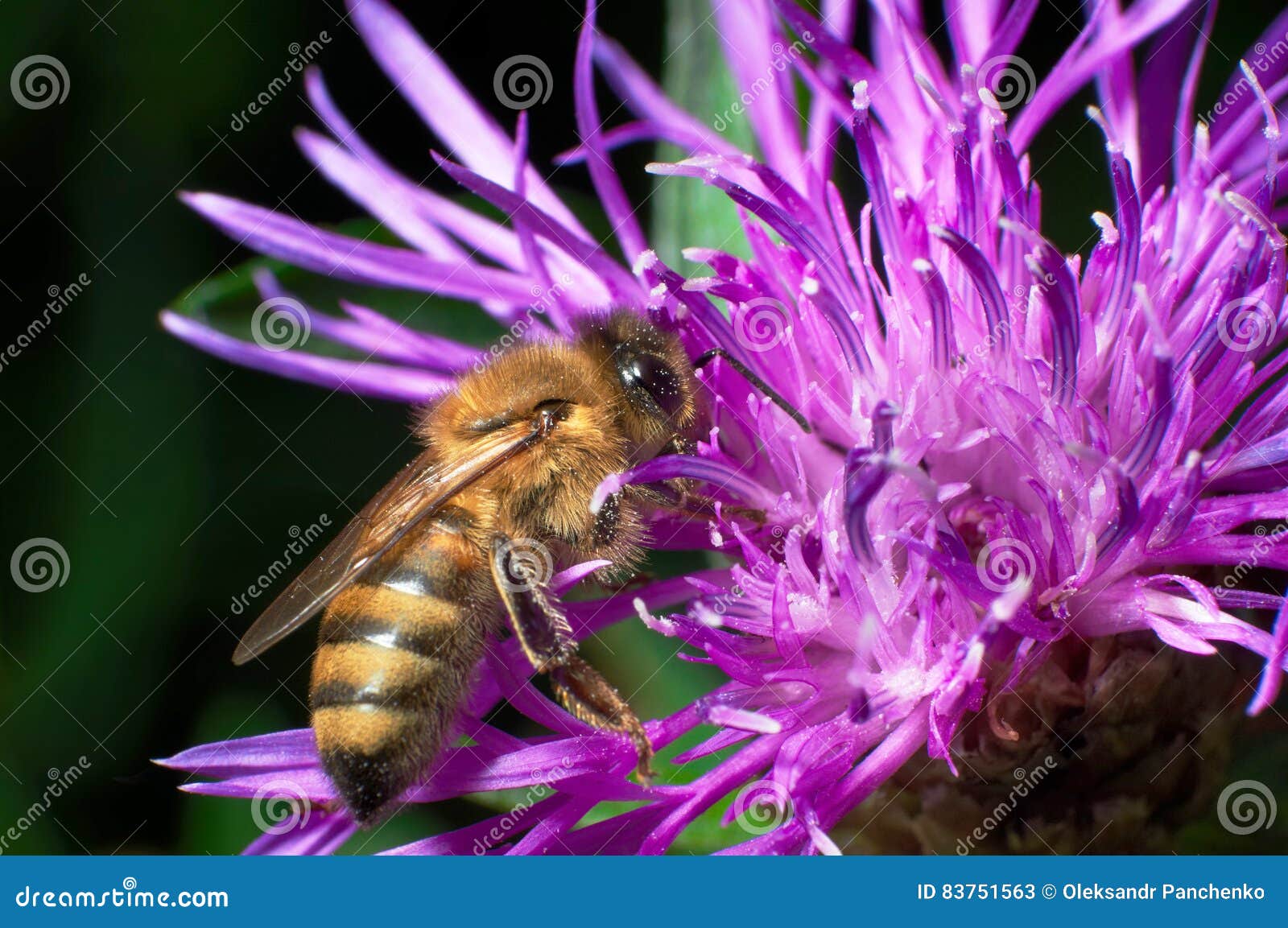

If the bee crop were not impermeable to water, the steep osmotic gradient between crop contents and haemolymph 9 would cause dilution of the crop contents: this leaves evaporation from the tongue as the only possible route of water loss 8.įor honey bees, the pre-concentration of dilute nectar may offer energetic advantages. The doubling of the concentration suggests that nectar is regurgitated onto the tongue and evaporated during foraging and flight. davyana is an important winter bee plant in South Africa and its relatively dilute nectar (20% w/w) contrasts with a sugar concentration almost twice as high in the crop contents of bees captured at flowers (after foraging for at least 20 s) and on return to the hive 8. However, elimination of excess water can begin during transport to the hive. Early studies showed that the concentration of nectar does not increase while honey bee foragers transport it from flowers to the hive rather there may be slight dilution due to the addition of saliva 7. Honey ripening is assumed to occur only after returning foragers transfer their nectar loads to receiver bees. Apart from the physical process of evaporation, the conversion of nectar into honey involves sucrose hydrolysis, with enzymes being added to nectar in the crop during collection and processing 1, 6. Both active and passive evaporation mechanisms are aided by the high surface area to volume ratio of small droplets. This is followed by passive evaporation, aided by fanning behaviour of large numbers of bees, from droplets placed in cells and relocated between partially filled cells before final storage 4, 5. Individual bees first actively evaporate the nectar by repeated regurgitation and re-ingestion of nectar droplets, also known as ‘tongue lashing behaviour’, which occurs for extended periods (described in detail by Park 3). Returning foragers pass their nectar loads by trophallaxis to receiver bees. Nectar collected at concentrations ranging from 20 to 60% w/w must be concentrated to more than 80% w/w for storage in the nest 1, 2. The conversion of nectar into honey involves the removal of large amounts of water. Pre-concentration of nectar in foraging honey bees may be widespread, and of crucial importance for honey storage.

We calculate the savings in honey processing costs to be on average 35 times more than the reduction in flight costs due to reduced body mass. The only possible route of water elimination from the crop is via evaporation from the mouthparts. There is a further concentration increase in the crops of returning bees captured at the hive entrance. This was true for four Macadamia cultivars, with up to 75% of the initial water content being removed. In honey bees captured while foraging in Macadamia orchards, we show that the nectar in their crops has approximately twice the sugar concentration of the fresh nectar in flowers. However, some of this water elimination may occur before foragers return to the nest and pass their nectar loads to receiver bees. The concentration of the nectar load is assumed to remain constant during transport. The elimination of excess water from nectar carries considerable energetic costs.

Honey bees process nectar into honey by active evaporation on the tongue and passive evaporation involving nest ventilation and fanning behaviour, as well as enzymatic action.


 0 kommentar(er)
0 kommentar(er)
